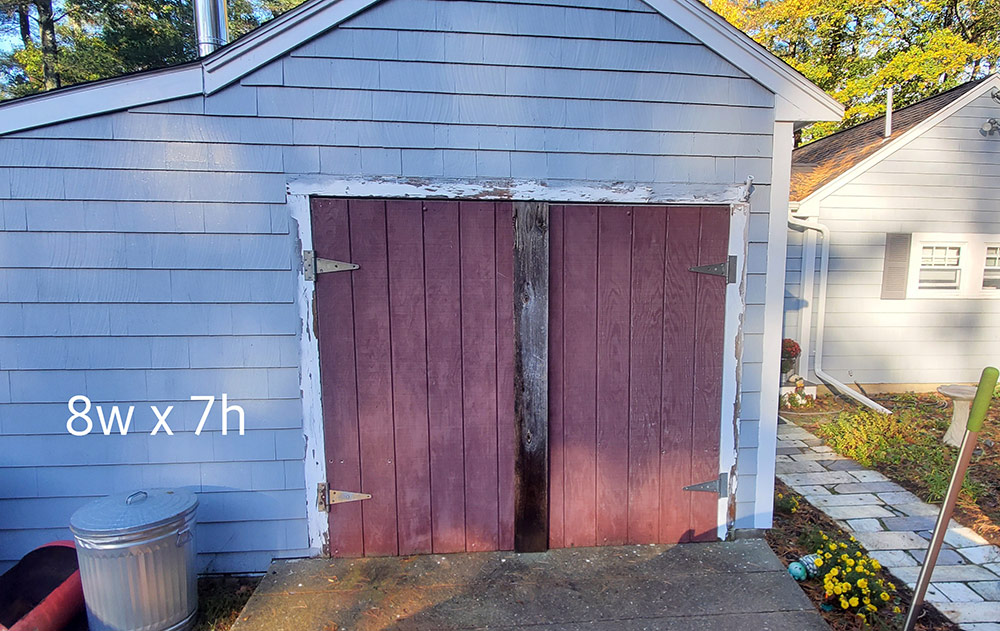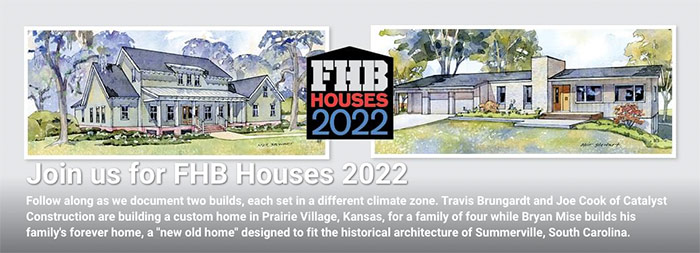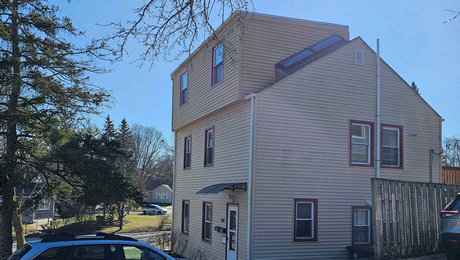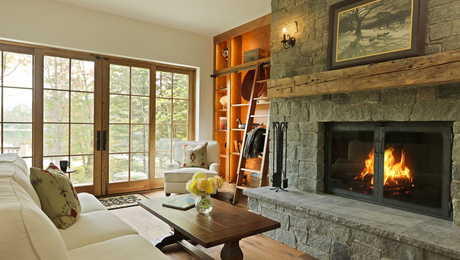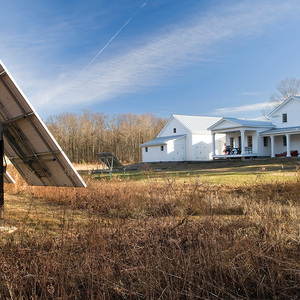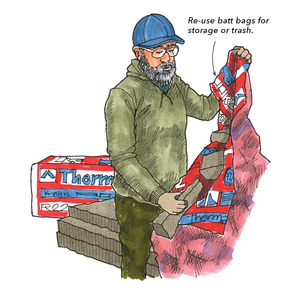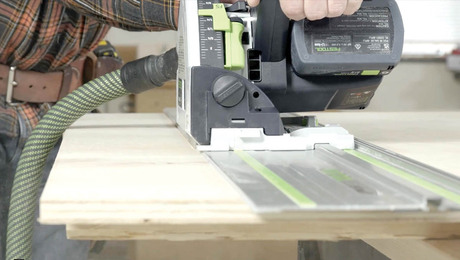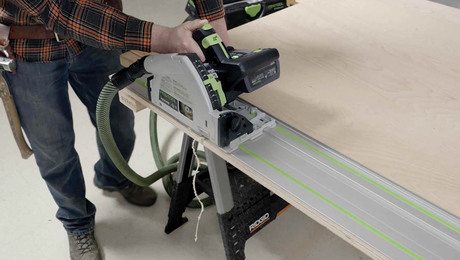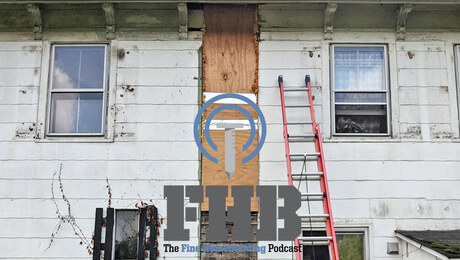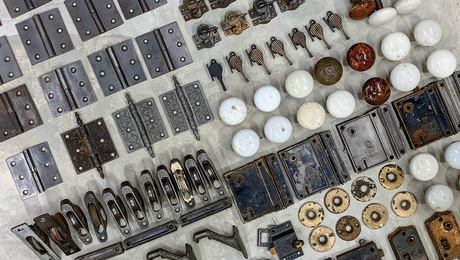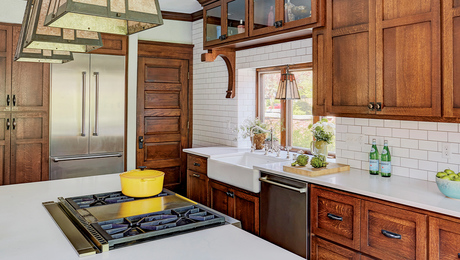Podcast 551: Power Tool Batteries, Building as a Third Career, and High DIY
Linoleum, home heating, tool batteries, careers in building, and safely working at heights.
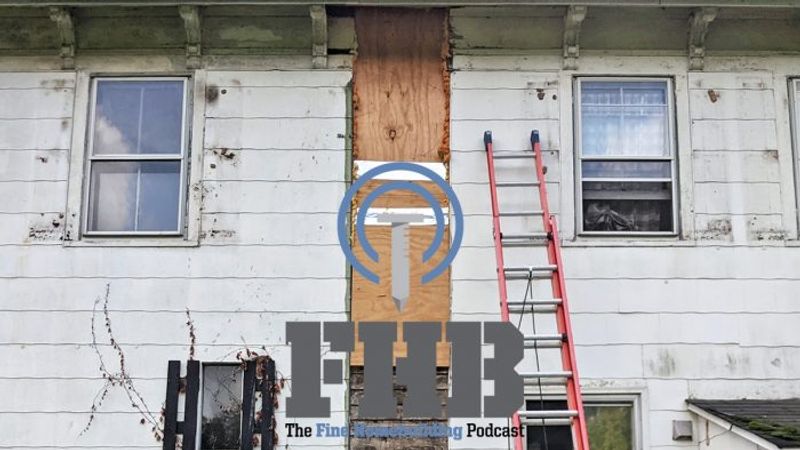
Follow the Fine Homebuilding Podcast on your favorite app. Subscribe now and don’t miss an episode:
 |
Help us make better episodes and enter for a chance to win an FHB Podcast T-shirt:
www.finehomebuilding.com/podcastsurvey
Ben says to check your library for Taunton titles. Jonathan shows us how U.S. homes are heated. Marc likes linoleum. Paul wants universal tool batteries. Roger wonders about insulating a steel-frame building. Andrew asks about safely doing high work. Kevin is building carriage doors for his shop.
Editor Updates:
- Ian’s shed/shop with custom details
- Andrew’s ENHABIT Sustainable Design conference and upcoming Building Symposium
- Patrick’s new tool that we’ll talk about later in the show.
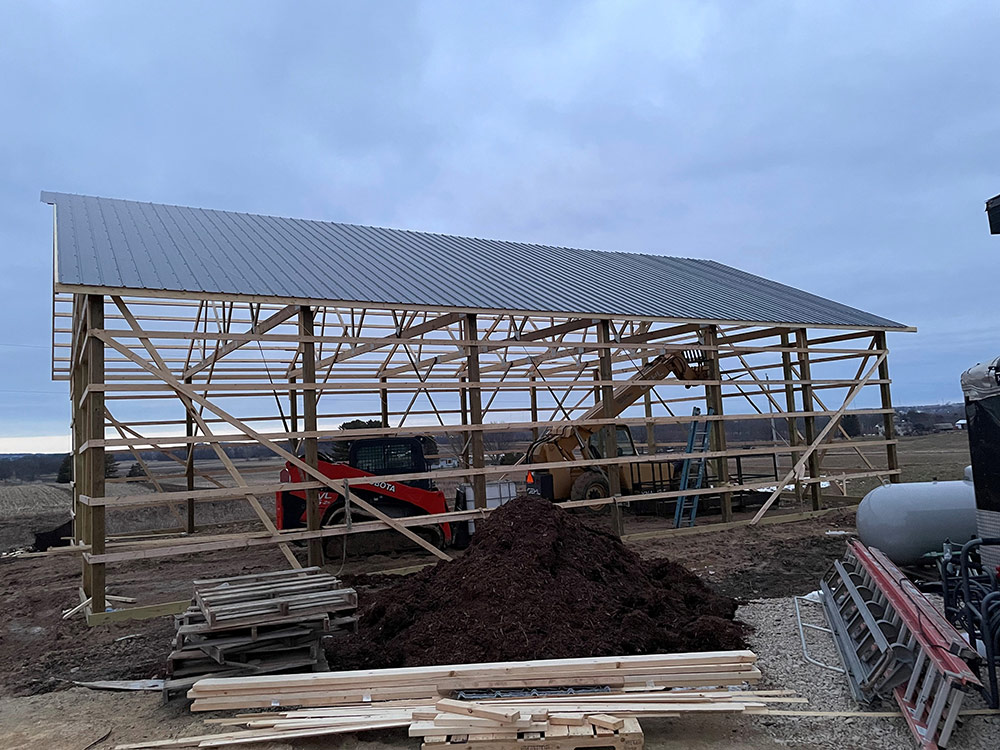 |
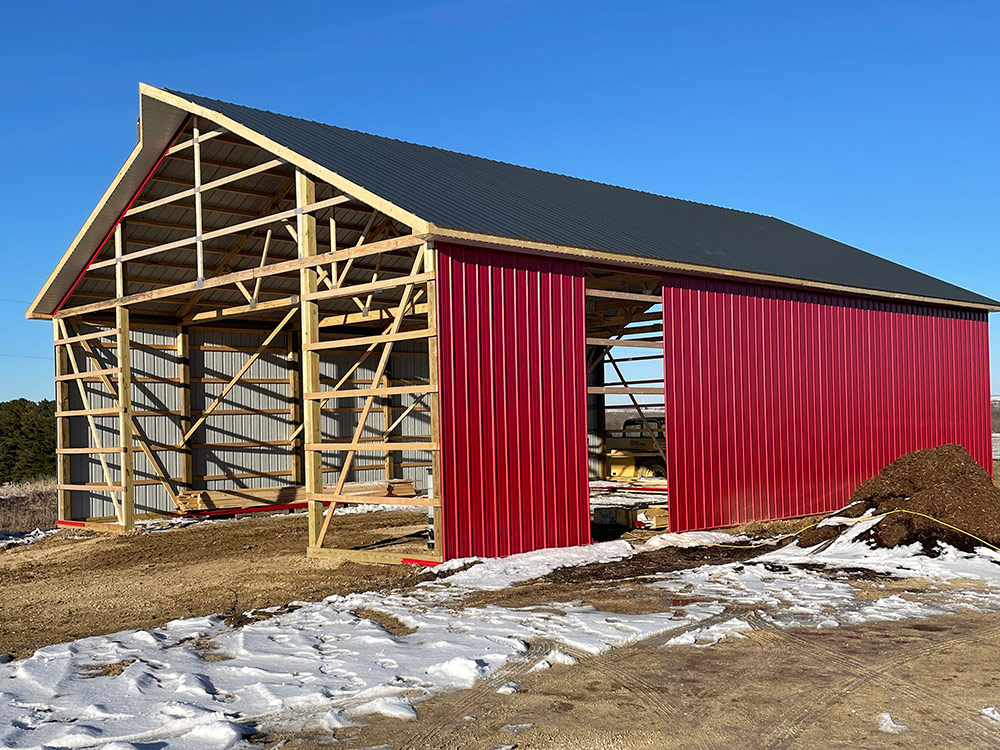 |
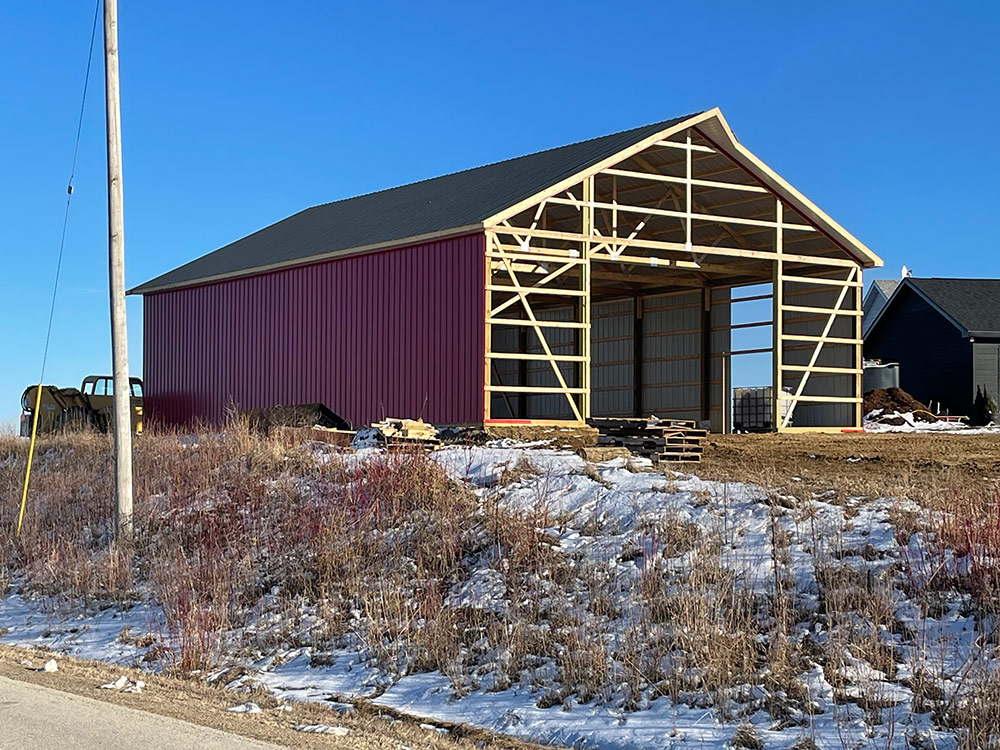 |
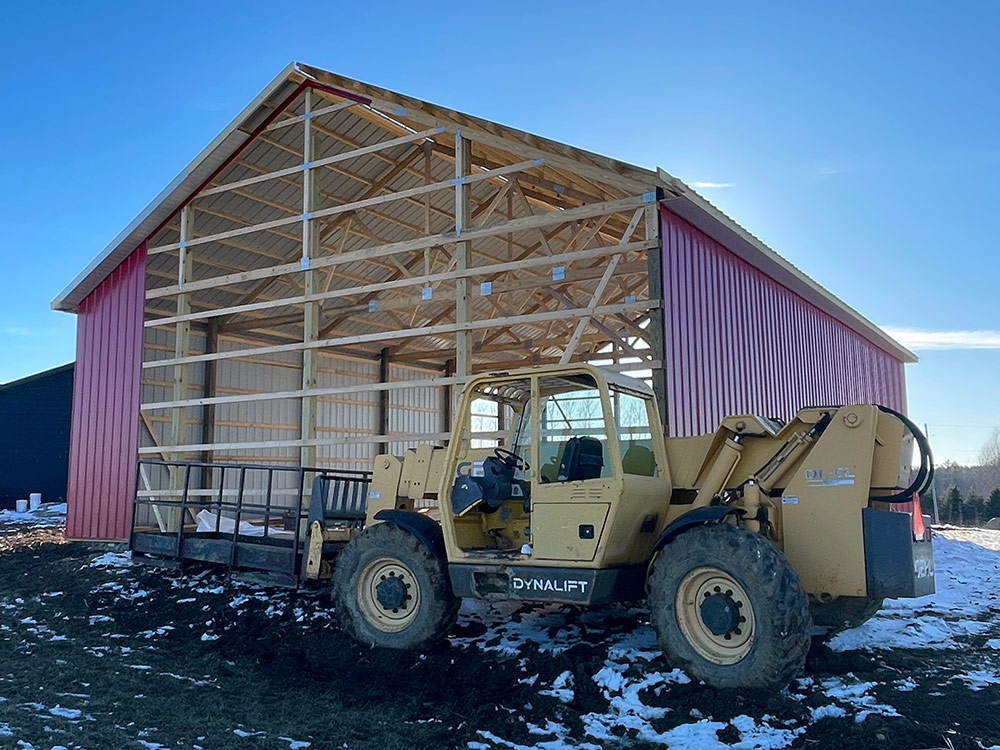 |
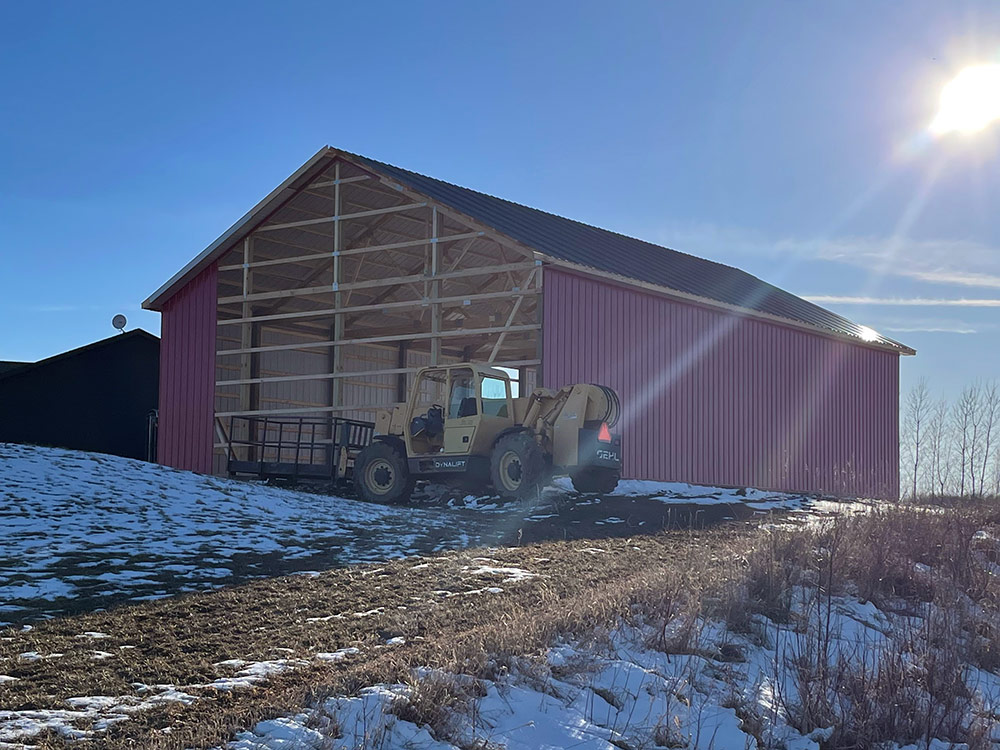 |
Listener Feedback 1:
Ben writes: Answering my own reader question… May I recommend that many local libraries have a large selection of Taunton Press books? It’s a good way to try before you buy, but honestly, you’ll end up buying them anyway.
|
|
Thanks all,
Other Ben from Columbus
Listener Feedback 2:
Jonathan writes: Hello FHB podcast crew. I found this article very interesting. The graphics paint a detailed picture of regional heating methods. I thought you’d enjoy the article.
-Jonathan
Washington Post: U.S. home heating is fractured in surprising ways
Free article link: https://wapo.st/3FaMDrk
Excerpts:
In 1960, only 2 percent of homes in the United States were heated by electricity. By 2000, around 29 percent were — and most of them were in the South. (Today 40% of domestic heat comes from electricity).
But these fuels are not evenly distributed across the entire country.
Thanks to a combination of local climates, electricity prices and historical accident, America’s home heating system, like the country’s politics, is deeply divided. In the South, thanks to government funding from almost a century ago and mild climates, many rely on electricity to stay warm. The Midwest is dominated by natural gas and, in rural areas, propane. In the Northeast, despite high prices and inconvenience, fuel oil still heats many homes. Today, electricity in the South still tends to be cheaper than in many other areas of the country.
In colder regions of the country, however, the calculus was different. When homes were being built across the Midwest and Northeast, electric heating was still limited to expensive electric resistance heaters or first-generation heat pumps, which didn’t work when temperatures dipped below freezing. (Modern air-source heat pumps now function well below freezing temperatures.)
In more urban areas, natural gas made financial sense. Natural gas pipelines are capital-intensive: Laying a pipeline to service five homes on a one-mile stretch doesn’t make much financial sense, but laying a pipeline to service 1,000 homes could bring in tons of cash.
Heat pumps, because they move heat instead of creating it, are on average three to four times more efficient than resistance heaters. They also provide built-in air conditioners.
In many cold areas of the country, people have been told for years that heat pumps or electric heating won’t keep them fully warm. Contractors aren’t always knowledgeable about heat pumps or how to install them.
Related Links:
- Going All Electric in a Cold Climate
- All About HVAC
- How to Choose the Right-Size Heating and Cooling System
Listener Feedback 3:
Marc writes: Hi Podcast Team!
A comment and a question—
I just finished listening to episode 543. In the segment where the listener was looking for an economical flooring option for the rec room, I was surprised that no one suggested linoleum.
FHB ran an article about it a while back. I could be misremembering, but I thought it was portrayed as a durable and environmentally sensible flooring material.
I don’t know how cost compares to other flooring materials (a painted plywood floor is probably the cheapest thing going), but it may be worth a look. It would certainly clean up well and be durable.
On an unrelated note, I have heard a lot of discussion about drainage planes/rainscreens. I’ve seen diagrams of detailing them so air can move through at both top and bottom, but I have had trouble finding good drawings showing how to detail the rainscreen around door and window casings. Are there good references for this?
Also, should the furring material also be placed behind the vertical corner boards commonly seen on houses in New England? (I’m in Maine.)
I really enjoy the show. Mike and Ian have been great additions to the core podcast crew. I look forward to all of your contributions each week and appreciate the energy you put into the work and the frequency of the episodes landing in my podcast feed.
Related Links:
- Linoleum Flooring Buying Guide: How to Choose the Best One for You
- Flashing Windows in Rain-Screen Walls
- Rainscreen and Window Installation in Portland, OR
Question 1: Why don’t tool manufacturers adopt battery standards?
Paul in Central California writes: Hi Patrick & Friends,
I’ve had this question stuck in my craw for some time, and because no one else will listen to me, I’ll ask you. Why haven’t tool manufacturers developed standards for a common battery platform yet? After all, I can put batteries from any manufacturer into my flashlight, my car, my TV remote, etc., but when it comes to my tool trailer, everyone wants to tie me down to their own proprietary batteries and chargers. The batteries all do the same thing, in the same way, using the same technology, so why do toolmakers pay engineers so much to ensure I can’t use, say, a Makita battery in my Milwaukee? The computer industry adopted the USB standard decades ago and hasn’t looked back. Automakers adopted the ODB2 standard in 1996, and they haven’t looked back either. How do we get toolmakers to come out of the Dark Ages and do something similar for their batteries? With battery power going mainstream, in everything from drills to lawnmowers to tablesaws, it seems like now is the time to free up engineering resources to focus on something other than battery design patents. Pay the engineers to design awesome tools instead!
What do you think? What do the toolmakers think?
I appreciate all you do.
Thanks!
Speaking of OBD2, Auto manufacturers would not have gone to OBD2 without a requirement.
Patrick’s newest tool: Autel MK808BT
 |
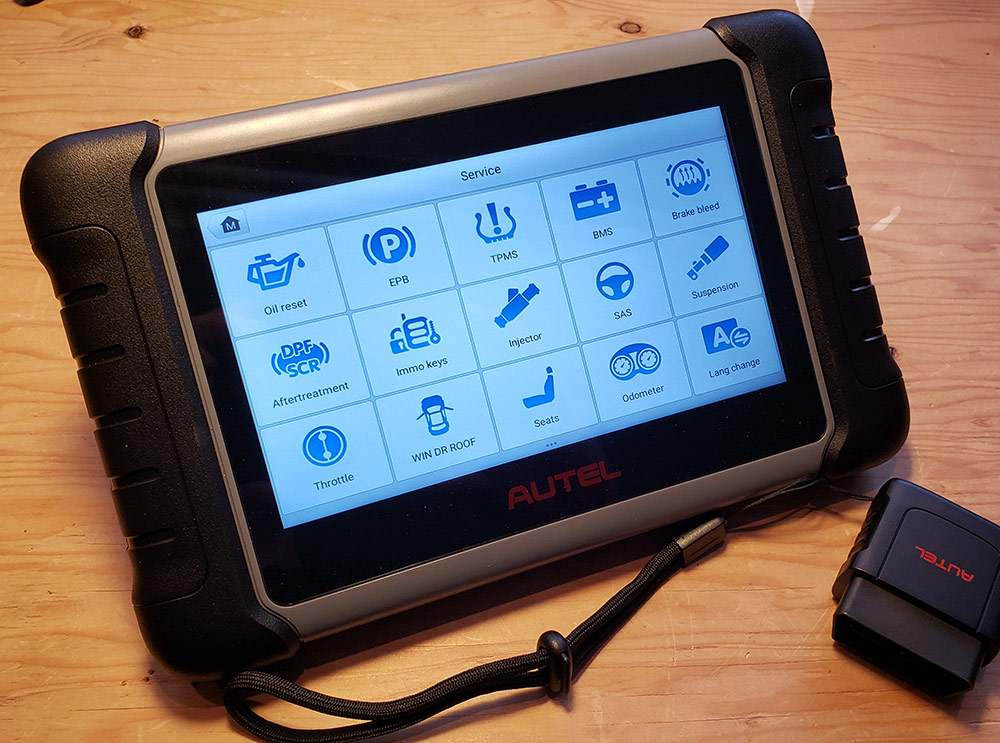 |
Related Links:
Question 2: How should I insulate and air-seal my steel-frame shop?
Roger writes: Greetings craftsmen! I’m a long-time listener and reader who has remodeled several houses and built two. I have been interning with a quality high-end builder/developer here in Charleston in preparation for my residential builder’s license. My goal, which is a third career after 28 years in active duty in the Coast Guard followed by 12 years as a civilian employee, is to remodel and develop low/medium income homes in the Pee Dee and Low Country regions of South Carolina. To be honest, my real goal is to lure my son, who is a handyman, to South Carolina with a promise of good work that he can make his own.
I have looked back at some old podcasts but couldn’t find the answer to my question. We are building a 35×30 metal shop with a 15-ft. awning out front, and I am looking for an option other than spray foam to seal and insulate.
My thoughts are that I can fuzzy batt and tape plastic to the 2×2 metal tubing then cover with OSB. Without knowing if it’s okay to have your barrier on the inside of the building, I’m reluctant to move forward.
My heating/cooling plan is a MRCOOL DIY mini-split. Your advice—and the team’s—as well as the advice in the Pro Talk Podcasts have been a great help and inspiration to an old guy starting a new career.
Thanks for all your help. I look forward to new episodes, so keep up the good work.
p.s. I’m starting a gut remodel and addition to our 70s ranch, so I’m sure this is not the last you will be hearing from me.
Related Links:
Question 3: What’s the best equipment for working up high?
Andrew writes: FHB Crew,
My wife and I live in western NY, and we’re fixing up a 1880s Italianate farmhouse. The house is two stories plus an attic and basement totaling approximately 3500 sq. ft. The work has been going well, and we’re slowly moving through the pages-long to-do list. Part of that long long list of repairs will be removing the siding, replacing some of the sheathing, replacing the siding, and doing some repairs to the various components of the eaves. We’re potentially painting the exterior as well. Depending on the particular elevation height, above ground is max 20ft. to 25 ft. As this will be DIY, each of the elevations will probably take a season to complete. Do you guys have any recommendations/best practices for working on the elevations? Would scaffolding be the best bet? Pump jack? Ladders? Something to purchase and sell when I’m all done? Is renting a viable option for the equipment? Any particular brand recommendations? I’ve rented an articulating boom lift before, but given how long these projects will take I don’t think this will be a feasible option.
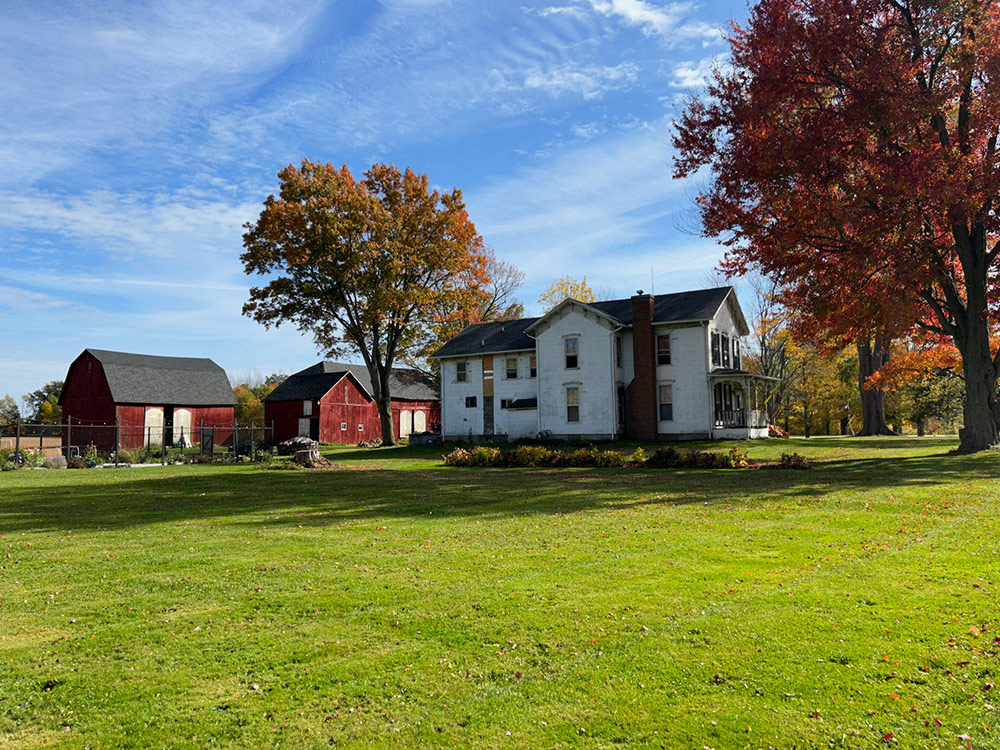 |
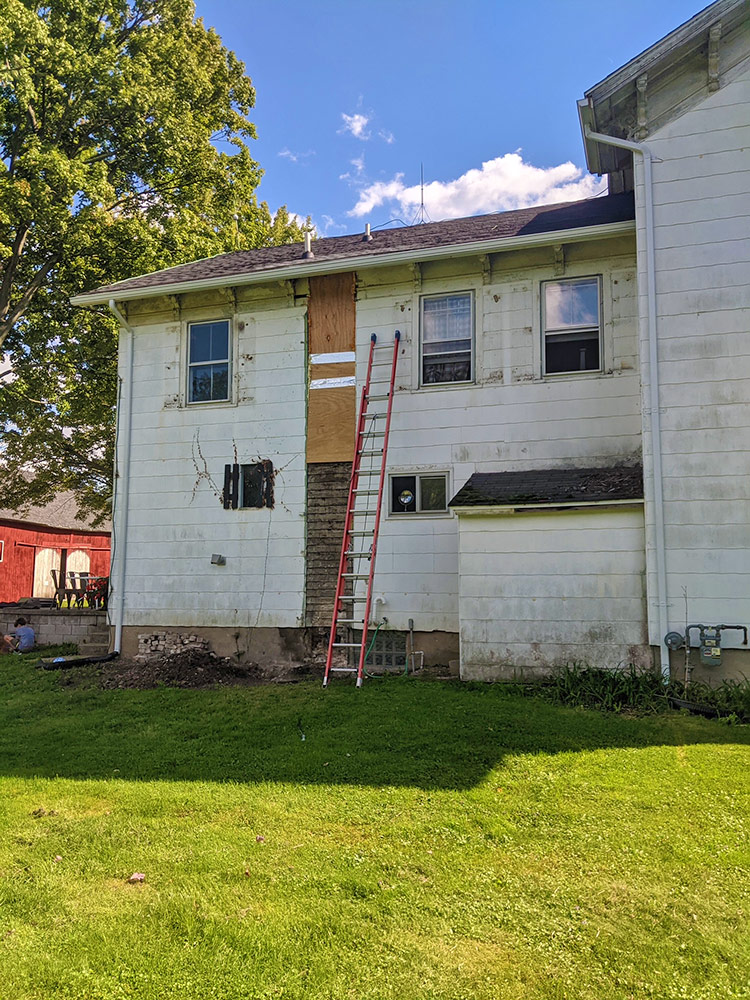 |
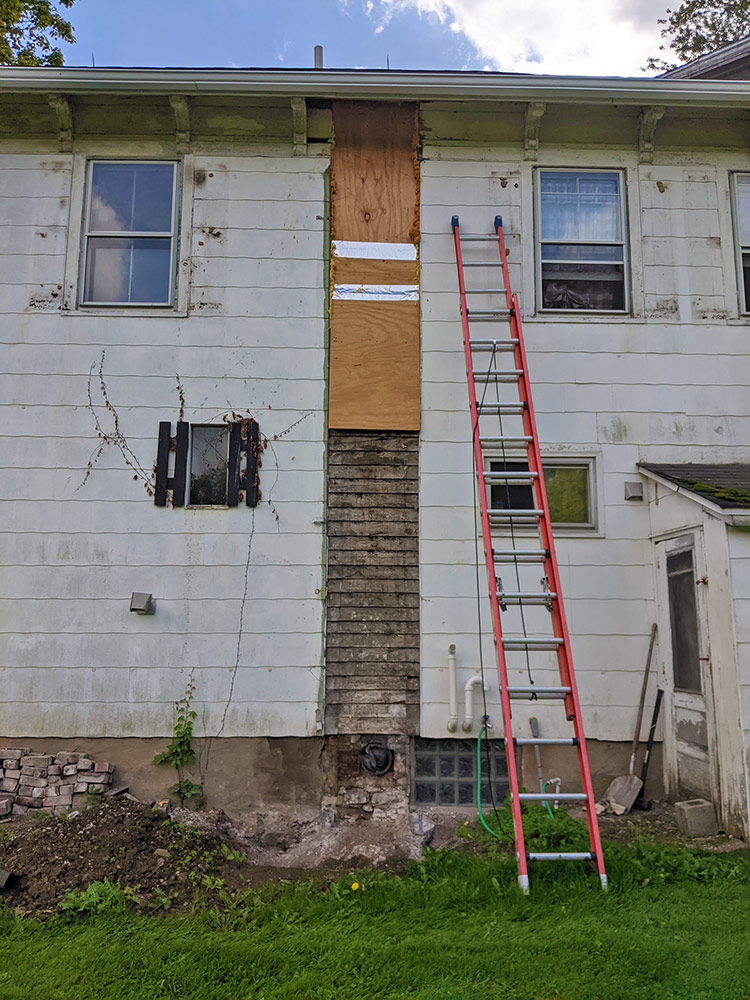 |
Thank you for your time and expertise.
Andrew
Thanks Patrick! The barns are pretty amazing, two are pre-Civil War and one post-Civil War. The plan is to make one a garage and the other a workshop; I’m not sure what to do yet with the third.
I do have a wife and two kids. She is less co-conspirator and more renovation hostage. Haha. She alternates between frustration and infatuation.
I spent about seven years in the military. I currently work as a PA (physician assistant) in some of the local emergency departments. The work schedule can be all over the place, but it frees up random weekdays that I’m off and I can get stuff done.
A year or two ago I purchased two nice extension ladders, ladder jacks for each, and a piece of staging that fits in between. It’s useful but very awkward and time-consuming to move or adjust up and down.
Related Links:
- Safer Scaffolds for Quick Jobs
- Working by Yourself: Tips From a Solo Carpenter
- Simple Homemade Scaffolding
Question 4: How do I build carriage-style garage doors?
Kevin writes: Hi Podcast, I am going to rebuild the doors to my garage. I want to do carriage-style doors that swing outward. I will be building them myself.
Do you know of a hinge that will allow the doors to sit in the jam a few inches? I don’t like the look of them sitting flush.
The doors will be 4 ft. wide x 7 ft. high. Any recommendations for the door construction? I was thinking of welding an outer steel frame, then facing with plywood and a classic barn-door-style exterior. Is the steel overkill? Do you know of any articles at FHB that would help?
Thanks
Kevin
Hi Patrick,
Yes, it is not “heated,” we just use the woodstove when it’s super cold and want to take the chill off. The space is very leaky. I am most interested in having the door last and not warp/sag, as well as be weathertight. Maybe add a little insulation (the rest of the garage is insulated with fiberglass), but like I said it is super leaky. No, I won’t be adding glass to the doors.
Related Links:
- Fine Woodworking: How to build old-fashioned carriage doors
- Building Custom Carriage-House Doors
- Dress Up a Garage Door with Insulated Carriage Doors
END NOTES:
Podcast 551: Members-only Aftershow — Badly-Built Homes
Ian, Andrew, and Patrick talk about building and living with decks and patios and why you might choose one over the other.
Check out one of our latest Project Guides: Energy Retrofit!
Check out our FHB Houses:
Visit the Taunton Store • Magazine Index • Online Archive • Our First Issues • All Access
Help us make better episodes and enter for a chance to win an FHB Podcast T-shirt: www.finehomebuilding.com/podcastsurvey

If you have any questions you would like us to dig into for a future show, shoot an email our way: [email protected].
If we use your question we’ll send you a FHB Podcast sticker!
FHB Podcast T-shirts!
Represent your favorite podcast! Available in several styles and colors. Made from 100% cotton. Find the Podcast t-shirt and more cool products in the Fine Homebuilding Store.
| Fine Homebuilding podcast listeners can now get 20% off anything in the Taunton store, including Pretty Good House.
Use the discount code FHBPODCAST to take advantage of this special offer. |
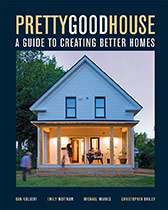 |
“Finally, knowledgeable people talking about building reasonably-sized, high-performance houses for normal people with real budgets!” — DanD, VA, 8/19/22, Amazon.com review |
We hope you will take advantage of a great offer for our podcast listeners: A special 20% off the discounted rate to subscribe to the Fine Homebuilding print magazine. That link goes to finehomebuilding.com/podoffer.
The show is driven by our listeners, so please subscribe and rate us on iTunes or Google Play, and if you have any questions you would like us to dig into for a future show, shoot an email our way: [email protected]. Also, be sure to follow Fine Homebuilding on Instagram, and “like” us on Facebook. Note that you can watch the show above, or on YouTube at the Fine Homebuilding YouTube Channel.
The Fine Homebuilding Podcast embodies Fine Homebuilding magazine’s commitment to the preservation of craftsmanship and the advancement of home performance in residential construction. The show is an informal but vigorous conversation about the techniques and principles that allow listeners to master their design and building challenges.
Other related links
-
- All FHB podcast show notes: FineHomebuilding.com/podcast.
- #KeepCraftAlive T-shirts and hats support scholarships for building trades students. So order some gear at KeepCraftAlive.org.
- The direct link to the online store is here.
